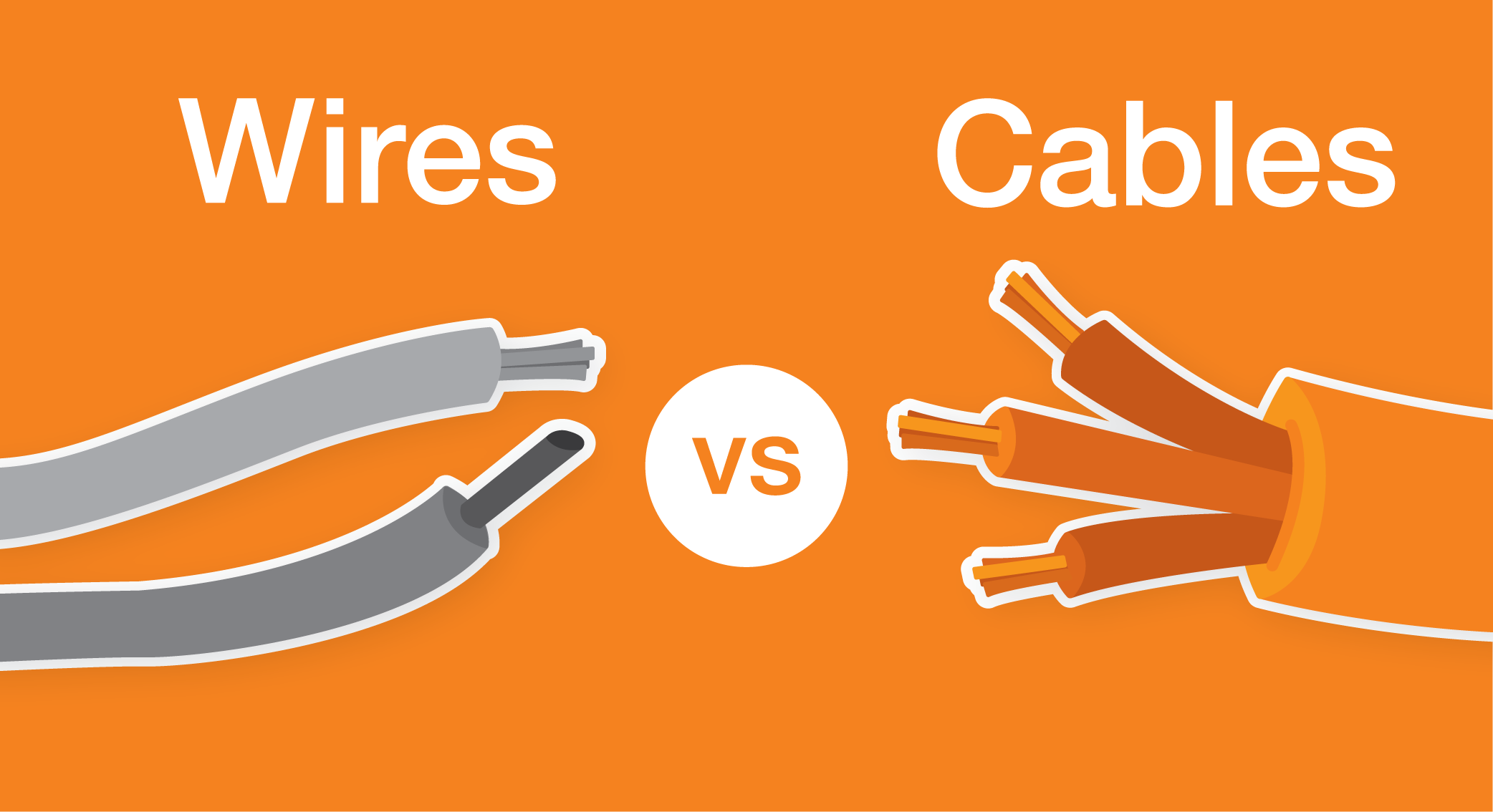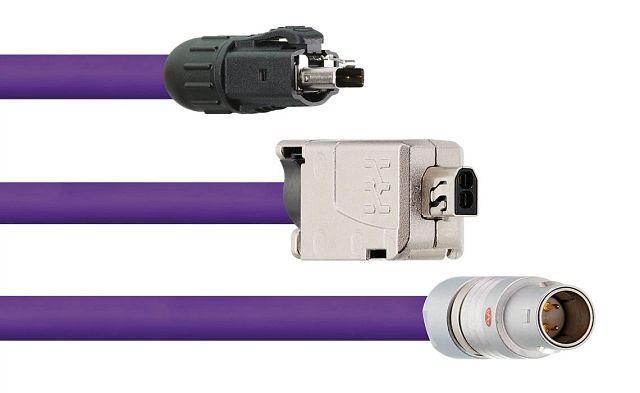Fiber Optic Cables For More Than Just Internet
Most of us know the term fiber optic cable -- also referred to as glass fiber cable. This topic is very much present among us because we know it from the media. Almost daily we are literally “connected” with it. Fiber optic cables have been providing fast and good Internet transmission for several years. Not only at home, but also in industry.

We often have the picture of a small construction site with a large cable drum in our minds, where the fiber optic cable is being installed. Especially for long cable lengths, the fiber optic cables offer immense advantages over a copper conductor. Our customers often ask us where we recommend using fiber optic cables. Discover the answer in the next few paragraphs.
What is a fiber optic cable?
A fiber optic cable – abbreviated as FOC – consists of fibers that can transmit light. The “conductor” consists of quartz glass or plastic. For this purpose, electrical impulses are converted into a light pulse and transmitted via the cable by a light source. The light beam is reflected and transmitted within the fibers. As a result, it is also possible to transmit signals over a long distance. The fiber optic cable transmits the data using a light signal. Transmission of electrical energy is also possible, but is usually the exception.

Advantages over copper
Now we know what a fiber optic cable is, but what are the advantages over a copper conductor? Let us take a closer look at the four major advantages. Especially with long transmission lengths and data volumes, fiber optic cables clearly demonstrate their advantages over copper conductors.
Low signal attenuation and high transmission rates
In contrast to a copper conductor, the transmission of a fiber optic cable takes place with light and not with electric current. The optical transmission results in lower attenuation values. In contrast to copper conductors, these result in less signal loss over long distances. Higher frequencies and thus higher transmission rates can also be transmitted via the fibers of the fiber optic cable. This is also the reason why fiber optic cables are used in communications engineering and for our Internet connection.
Electromagnetic compatibility and mechanical specifications
Another great advantage of the fiber optic cable is its insensitivity to electromagnetic fields -- the electromagnetic compatibility. While the signal in a copper conductor can be strongly influenced by external electromagnetic influences, the fiber optic cable is completely insensitive. This is due to the fibers of the fiber optic cable. No electric current can flow through or be induced in the fibers. The fiber optic cables can easily be laid directly next to other cables.
As a fourth advantage, igus® has developed good mechanical specifications for small bend radii and long distances through intensive research. These specifications of the cable qualify chainflex® for movement in the energy chain up to 5xd. Depending on the cable family, the fiber optic cables also have torsional resistance and are suitable for special climatic conditions or, of course, for long travels.
Application areas for chainflex® fiber optic cables

Now, we still have the image of the fiber optic cables under street level for an Internet connection in our minds. But where are our chainflex® fiber optic cables used? Wherever fiber optic cables have their advantages over copper conductors. These include production lines or cranes where signals must be transmitted over long distances. Industrial bus systems, in particular, quickly reach their limits when transmitting over long distances with a copper conductor. In contrast, the transmission of the bus signal via the fiber optic cable is smooth.
We offer a variety of fiber optic cables with special jackets made of PVC, PUR or TPE. In addition, our cables have a perfectly matched structure with guaranteed service life in energy chain applications, be it for special media resistance, high accelerations and speeds, or simply resistance to oils and coolants.
Conclusion
Our chainflex® fiber optic cables can be found in diverse areas. Their four advantages include low signal attenuation, high transmission rates, good electromagnetic compatibility and special mechanical specifications. These specifications lead to the choice of a fiber optic cable not only in communications engineering but also in industry. It provides reliable transmission for sensitive data and signals.
Are you wondering whether a fiber optic cable is the right choice for your application? Contact us today, we'd be happy to assist you.



